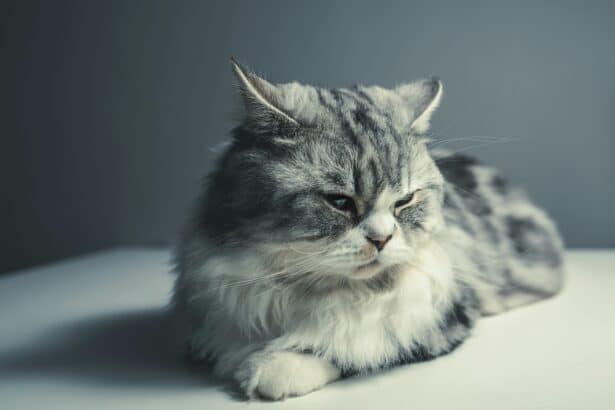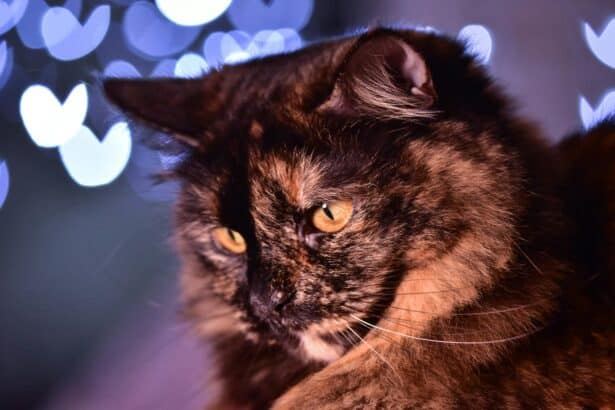Understanding the alley cat
Special features and characteristics
The alley cat, also known as the domestic non-pedigree cat, is an animal that attracts with its unique charm and captivating personality. Unlike cat breeds recognized by cat associations, the alley cat is a mix whose ancestors are unknown. Each alley cat is unique, with a different combination of sizes, weights, fur, colors and eye patterns. Their great physical diversity reveals the richness and complexity of their genetic heritage.
Not only is their physical appearance incredibly varied, but so are their personalities. Some alley cats are quiet and reserved, while others are full of vitality and spirit. Some are very social and like to spend time with their owners, while others are more independent and prefer their moments alone.
Origins and history
The alley cat is the direct descendant of the ancestor of cats, the felis lybica, a subspecies of African wild cat. The story of these wonderful felines begins thousands of years ago, when the first wild cats began to live alongside humans. Seduced by the advantages of living with humans (abundant food, protection), cats were gradually domesticated.
Over the years, these cats have gradually conquered the world alongside us. They crossed borders and spread to various regions, mixing with other breeds and populations of local cats, giving rise to the alley cats we know and love today.
Caring for your alley cat: a practical guide
Feeding an alley cat
Like all living creatures, alley cats have specific dietary requirements that are essential to their health and well-being. To ensure a balanced diet, it’s important to provide all the necessary nutrients: proteins, fats, carbohydrates, minerals and vitamins.
One of the most common mistakes is to limit your cat’s diet to dry food. Although practical, they should not be your feline’s only source of food. That’s why it’s essential to vary the type of food you offer your alley cat, alternating between quality kibbles, canned food and supplements.
Veterinary health and care
Like all pets, alley cats can develop specific diseases and health problems. The best way to preserve your cat’s health is an annual visit to the vet and regular follow-up. Early diagnosis of potential health problems can make all the difference to prognosis.
Watch out for common problems such as obesity, kidney disease, dental disease, cardiovascular problems, and many others. It’s also important to have your alley cat vaccinated regularly.
How do you live with an alley cat?
Alley cat behavior
Understanding cats and their behavior is essential to living in harmony with them. Cats generally communicate not only through their meows, but also through their body language. A cat that rubs against you is usually trying to mark its territory and show affection, while a cat that spits or fires is usually frightened or angry.
Every behavior has a meaning, and decoding these signs helps to improve your communication with your feline, and create a strong, lasting bond. To the uninitiated, some cat behaviors may seem strange or inexplicable, but once you understand their language and instincts, everything makes sense.
Recommended activities for alley cats
Just like us, alley cats need physical and mental activity to stay in top shape. A bored cat can develop undesirable behaviors. To avoid this, make regular playtime with your cat part of your routine. Interactive toys, chasing feathers and balls are all great ways to keep your cat active and stimulated.
In conclusion, having an alley cat as a pet is a privilege. These unique and beautiful animals offer not only companionship, but also endless love and joy. By being attentive to their needs, understanding them and offering them a quality life, we ensure a rewarding and lasting relationship with these fascinating creatures.




